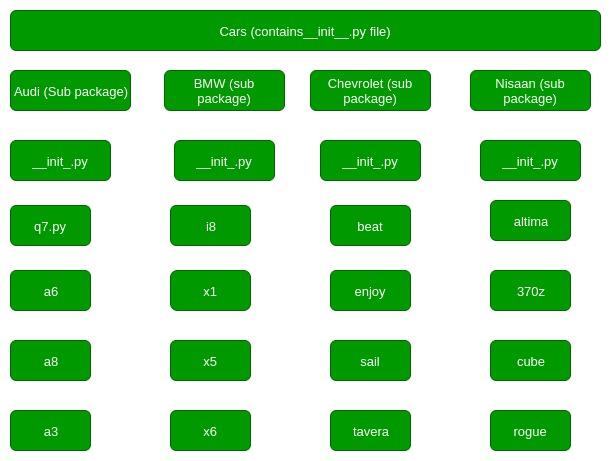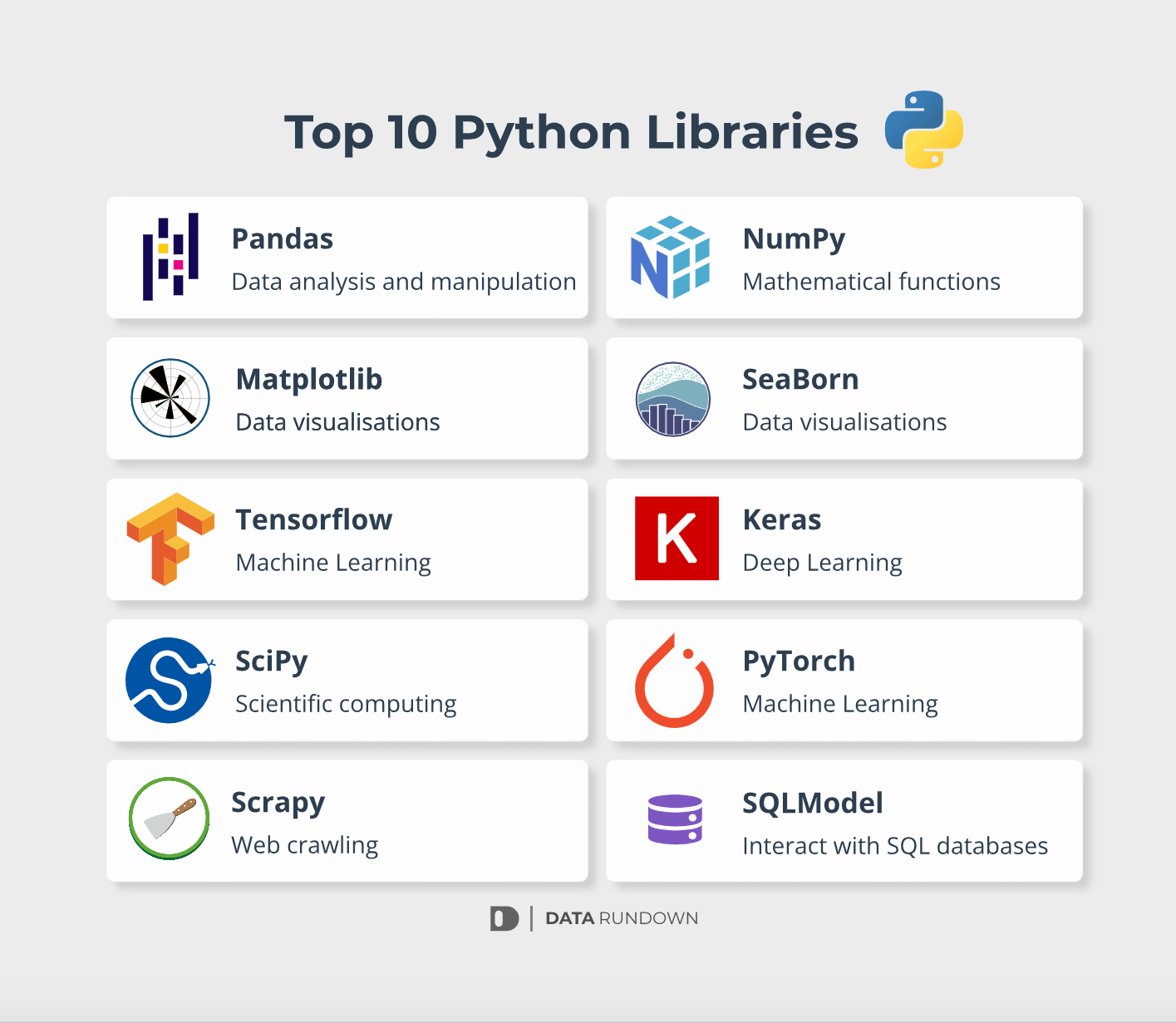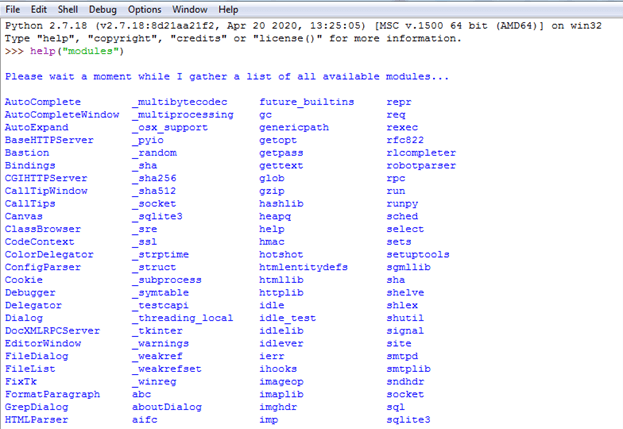What are the models and packages in Python?
What are the models and packages in Python?

In Python, there are various models and packages that can be used to perform different tasks such as data analysis, machine learning, web development, and more. Here's an overview of some popular ones:
Data Analysis Packages
Pandas: A powerful library for data manipulation and analysis. It provides data structures like Series (1-dimensional labeled array) and DataFrame (2-dimensional labeled data structure with columns of potentially different types).
Machine Learning Packages
Scikit-learn: A machine learning library that provides a wide range of algorithms for classification, regression, clustering, and other tasks. It's particularly useful for data preprocessing, feature selection, and model evaluation. TensorFlow: An open-source software library for machine learning. TensorFlow allows developers to easily implement complex neural networks and other machine learning models. Keras: A high-level neural networks API that can run on top of various backends such as TensorFlow, CNTK, or Theano.Web Development Packages
Flask: A micro web framework for Python that provides a simple way to create web applications. It's ideal for small projects or prototyping. Django: A high-level full-featured web application framework that enables rapid development of secure, maintainable, and scalable websites.Other Packages
BeautifulSoup: A Python package for parsing HTML and XML documents. It creates a parse tree from page source code that can be used to extract data. Requests: A library for making HTTP requests in Python. It's particularly useful for web scraping, API interactions, and testing.Machine Learning Models
Linear Regression: A linear model that predicts continuous values based on the relationship between variables. Decision Trees: Tree-based models that can be used for classification or regression tasks. They're particularly useful for feature selection and recursive partitioning. Random Forest: An ensemble learning algorithm that combines multiple decision trees to improve their predictive performance. Neural Networks: Artificial neural networks inspired by the human brain. They can be used for classification, regression, clustering, and more.These are just a few examples of the many models and packages available in Python. Each package has its strengths and weaknesses, making it essential to choose the right one for your specific project needs.
What are all the libraries in Python?

I'm glad you asked!
Python has an enormous collection of libraries that can help with various tasks, from data analysis and machine learning to web development and more. Here's a comprehensive list of some of the most popular Python libraries:

Data Science and Machine Learning:
NumPy (Numerical Python): For efficient numerical computation. pandas: For working with structured data (e.g., CSV files). scikit-learn: For machine learning algorithms, such as classification and regression. TensorFlow: For deep learning and neural networks. Keras: A high-level neural networks API, running on top of TensorFlow or Theano.Web Development:
Flask: A micro web framework for building small web applications. Django: A high-level web framework for building robust and scalable web applications. Pyramid: A flexible web framework for building web applications. Requests: For making HTTP requests (e.g., sending GET, POST, PUT, or DELETE requests).Data Visualization:
Matplotlib: For creating static and interactive visualizations. Seaborn: A visualization library based on matplotlib for statistical graphics. Plotly: For creating interactive and web-based visualizations.Text Processing:
NLTK (Natural Language Toolkit): For text processing, tokenization, and parsing. spaCy: For natural language processing and machine learning. TextBlob: A simple API for diving into common NLP tasks such as part-of-speech tagging, noun phrase extraction, sentiment analysis.Scientific Computing:
SciPy (Scientific Python): For scientific computing and signal processing. SymPy: A computer algebra system for symbolic mathematics. Astropy: For astronomy-related computations and data analysis.Utilities and Frameworks:
Setuptools: For building, installing, and managing packages. Pip: The package installer for Python. pip-tools: A set of tools for simplifying the installation process of Python packages. cookiecutter: A tool for automating project creation and configuration.Testing and Debugging:
Unittest: For writing unit tests and integrating with other testing frameworks. Pytest: A popular test framework for writing tests in Python. Coverage.py: For measuring the code coverage of your tests. Debuggy: A debug tool for visualizing the execution path of your code.Miscellaneous:
IPython: An interactive shell and notebook environment for exploring data, testing, or just playing with Python. Jupyter Notebook: A web-based interactive environment for working with notebooks, including text, equations, and plots. BeautifulSoup: For parsing HTML and XML documents. OpenCV: A computer vision library for image and video processing.This is not an exhaustive list, as there are many more libraries available in the Python ecosystem. However, this should give you a good starting point for exploring various aspects of Python programming!





























